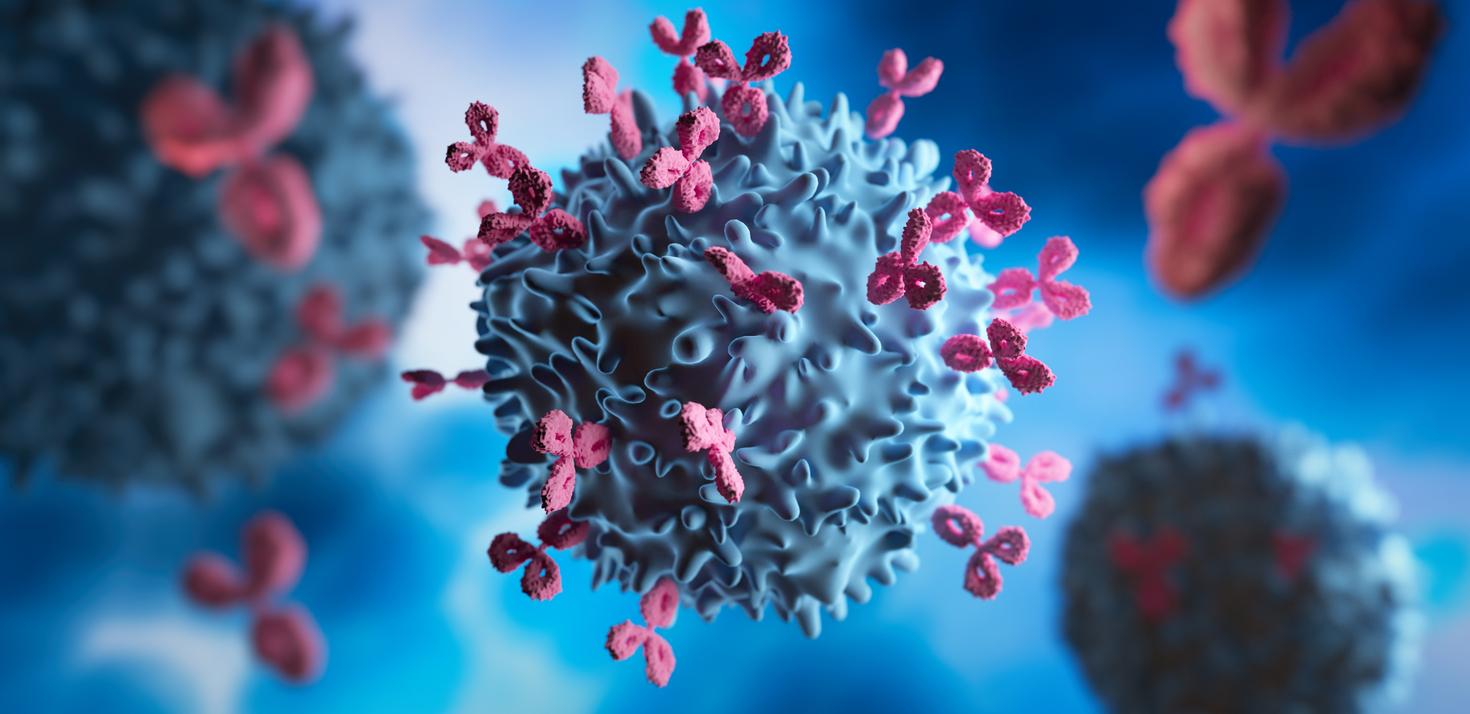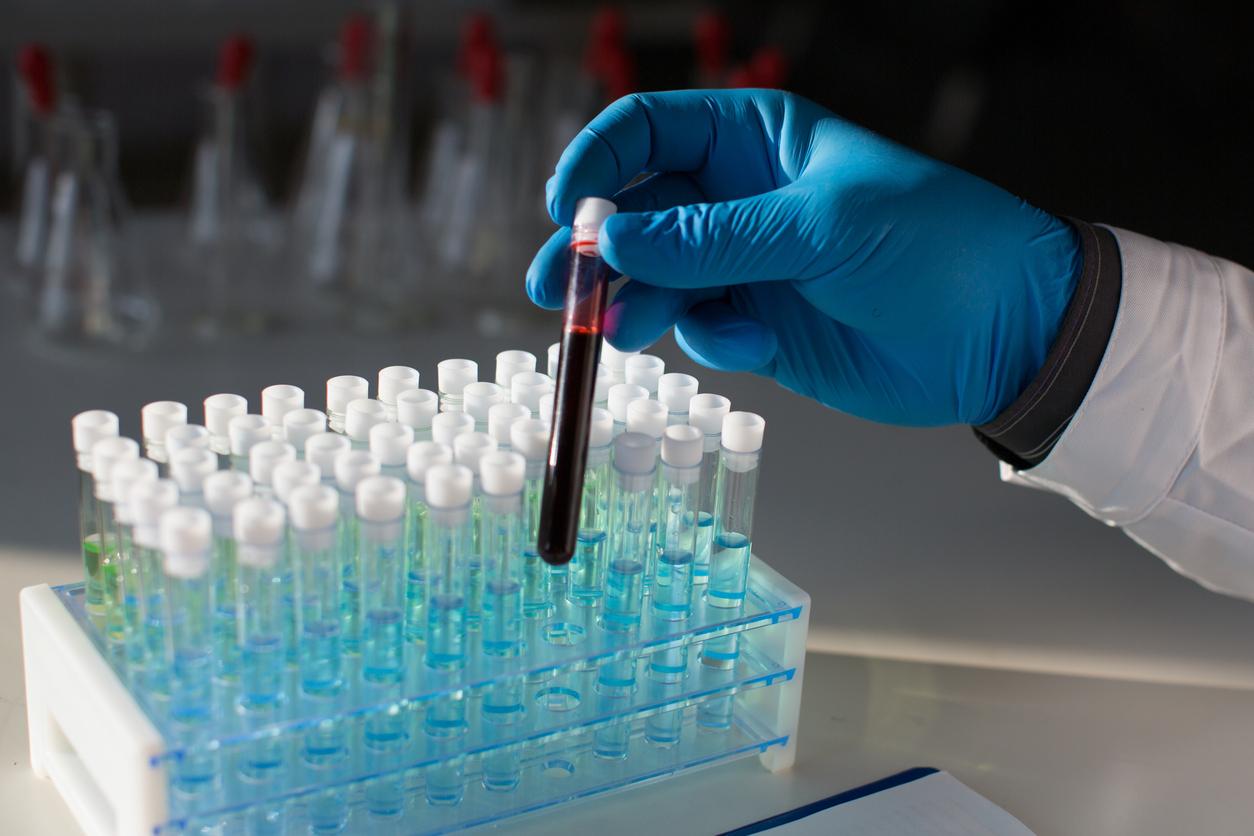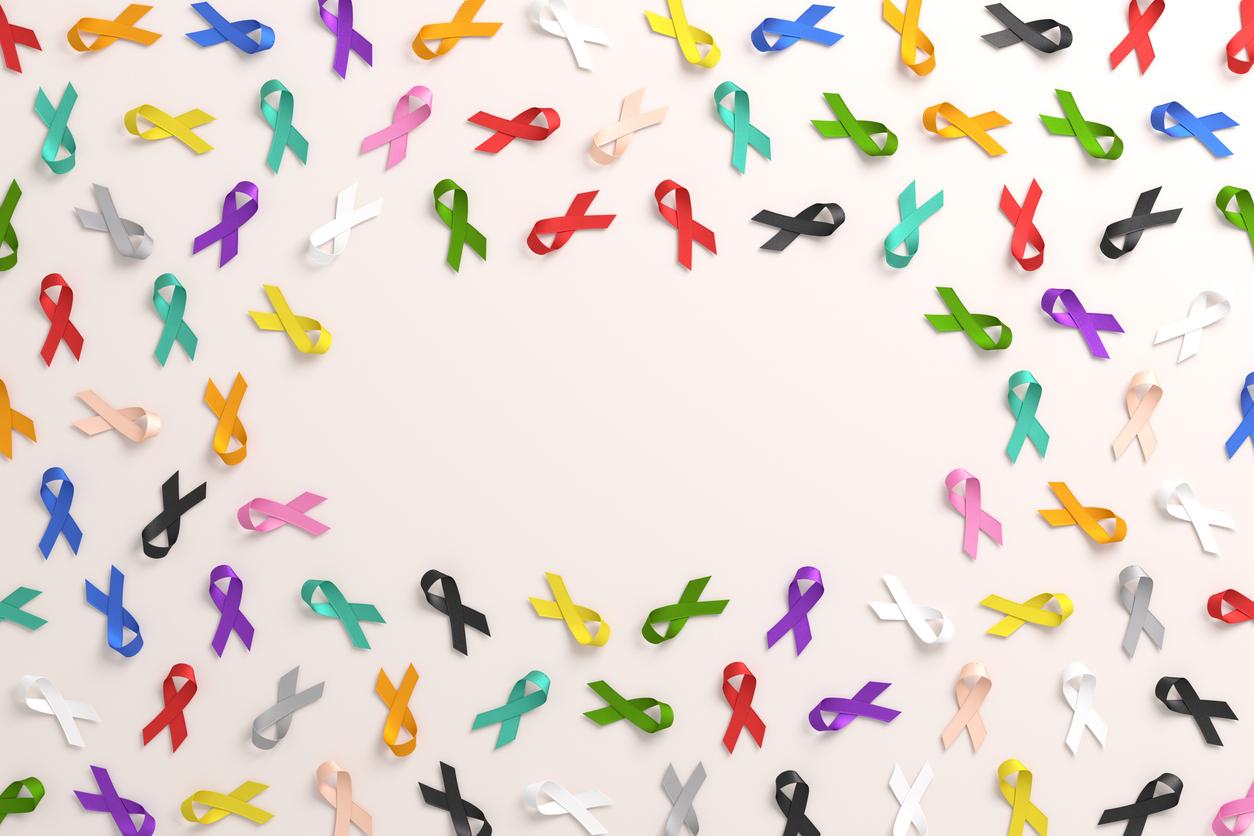This case study focuses on the dangers of excessive sun exposure and the symptoms associated with sun overdose.

- A teenage girl spent long hours under the scorching sun without taking the necessary protective measures. After a few days of excessive sun exposure, she began to feel the first symptoms of a sun overdose.
- Also known as heat stroke, sun overdose is a more serious and potentially dangerous condition than sunburn that occurs when the body is unable to effectively regulate its internal temperature due to prolonged and intense exposure to the sun.
- Symptoms of sun overdose include headache, dizziness, weakness, nausea, vomiting, hot, dry skin, lack of sweating (despite the heat), confusion, and even loss of consciousness.
In this story, Charlotte, an enthusiastic teenager, spent long hours under the scorching sun without taking the necessary protective measures. She did not realize the potential dangers and damage the sun could cause to her skin. As a result, she developed a severe sunburn, accompanied by pain, redness, dehydration, and persistent headaches.
The Burning Rays: Charlotte’s Lesson on the Dangers of Solar Overheating
Once upon a time there was a teenage girl named Charlotte who loved spending time outdoors and enjoying the sunshine. She loved the warmth on her skin, the feel of the sand between her toes, and the vibrant color of the flowers in the garden.
However, Charlotte was unaware of the dangers of excessive sun exposure and the associated risks.
One summer, Charlotte and her family decided to go on a beach vacation. They spent their days swimming, playing in the waves, and relaxing on the warm sand. Charlotte was enthusiastic and didn’t think about protecting herself from the sun.
As the days went by, Charlotte spent long hours under the scorching sun without using sunscreen or wearing a hat or sunglasses. She did not realize that her skin was gradually being exposed to high levels of ultraviolet (UV) rays, which can be harmful to health.
After a few days of excessive sun exposure, Charlotte began to experience the first symptoms of sun overdose. Her skin became red and painful, and an intense burning sensation appeared. She felt tired and dehydrated, with persistent headaches.
Concerned, her parents noticed the condition of her skin and realized that she had probably suffered a sun overdose. They rushed her inside, out of the sun, and took her to the hospital for medical attention.
At the hospital, doctors confirmed that Charlotte had a severe sunburn and was suffering from a sun overdose. They provided her with treatment to relieve the pain and promote healing of her damaged skin.
The next few days were difficult for Charlotte. Her skin was sore and she had trouble moving comfortably. She had to avoid any sun exposure and apply moisturizers regularly to help her skin heal.
As time went on, Charlotte gradually healed. Her skin returned to its normal color, but she realized that the harmful effects of the sun could be serious. She understood that sun overdose could not only cause burns, but also increase the risk of developing skin cancer in the long term.
The Doctor’s Debrief
Sun overdose occurs when the skin is exposed to high levels of ultraviolet (UV) rays for an extended period of time without proper protection, such as the use of sunscreen, protective clothing, and sunglasses. This excessive exposure can lead to severe sunburn, skin inflammation, and long-term complications, including an increased risk of skin cancer.
Sun overdose (or heat stroke) and sunburn are two distinct conditions that can result from excessive sun exposure, but they have different symptoms and characteristics:
Sunburn: Sunburn occurs when the skin is burned by the sun’s ultraviolet (UV) rays. Common symptoms include red, hot, and painful skin, itching, swelling, blistering, and increased sensitivity. Sunburns can range in severity from mild redness to more severe burns. They usually occur within a few hours of excessive sun exposure and can take several days to heal.
Sun overdose (heat stroke): Sun overdose, also known as heat stroke, is a more serious and potentially dangerous condition that occurs when the body is unable to effectively regulate its internal temperature due to prolonged and intense exposure to sunlight. Symptoms of sun overdose include headache, dizziness, weakness, nausea, vomiting, hot and dry skin, lack of sweating (despite the heat), confusion, and even loss of consciousness. Sun overdose is a medical emergency and requires immediate attention.
It is important to note that sun overdose can be the result of prolonged and excessive sun exposure without adequate hydration and taking breaks in the shade to cool down. Sunburn, on the other hand, is specifically related to damage to skin cells caused by UV rays.
Prevention is key to avoiding both of these conditions.
Some key reasons why this awareness is essential
Skin cancer prevention: Excessive sun exposure is one of the main risk factors for developing skin cancer. UV rays can damage the DNA of skin cells, increasing the risk of mutation and development of cancer cells. Awareness of the risks of the sun and the use of adequate sun protection measures help reduce this risk.
Sunburn prevention: Excessive sun exposure without proper protection can lead to sunburn, characterized by redness, burning, and pain of the skin. Sunburn increases the risk of long-term skin complications and can also cause immediate distress.
Preserving skin health: The sun is responsible for premature aging of the skin, leading to the appearance of wrinkles, age spots, uneven texture and other signs of skin damage. Being aware of the risks of the sun and using sun protection measures helps maintain healthy, younger-looking skin and prevent premature signs of skin aging.
Reduced risk of eye problems: UV rays can also damage the eyes, leading to eye problems such as cataracts, age-related macular degeneration (AMD), and other eye diseases. Using sunglasses with proper UV protection is therefore essential to maintain eye health.
Education of the younger generations: Sun awareness and sun protection should start at an early age. Educating children and teens about the dangers of the sun and proper protection measures can help them develop healthy sun protection habits that will last a lifetime.
By adopting good sun protection habits, you can enjoy the benefits of the sun while minimizing health risks.


















